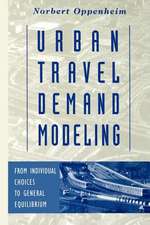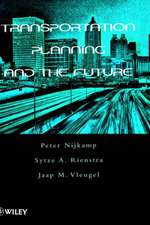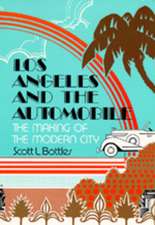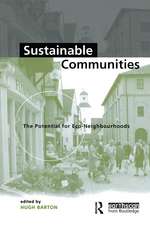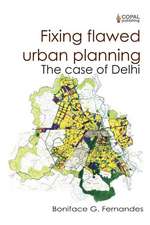The Architecture of Information: Architecture, Interaction Design and the Patterning of Digital Information
Autor Martyn Dade-Robertsonen Limba Engleză Paperback – 25 mai 2011
Despite its potential to break the mould, digital information has relied on metaphors from a pre-digital era. In particular, architectural ideas have pervaded discussions of digital information, from the urbanization of cyberspace in science fiction, through to the adoption of spatial visualizations in the design of graphical user interfaces.
This book tackles:
- the historical importance of physical places to the organization and expression of knowledge
- the limitations of using the physical organization of objects as the basis for systems of categorization and taxonomy
- the emergence of digital technologies and the twentieth century new conceptual understandings of knowledge and its organization
- the concept of disconnecting storage of information objects from their presentation and retrieval
- ideas surrounding ‘semantic space’
- the realities of the types of user interface which now dominate modern computing.
| Toate formatele și edițiile | Preț | Express |
|---|---|---|
| Paperback (1) | 324.41 lei 6-8 săpt. | |
| Taylor & Francis – 25 mai 2011 | 324.41 lei 6-8 săpt. | |
| Hardback (1) | 1015.93 lei 6-8 săpt. | |
| Taylor & Francis – 20 iun 2011 | 1015.93 lei 6-8 săpt. |
Preț: 324.41 lei
Preț vechi: 378.77 lei
-14% Nou
Puncte Express: 487
Preț estimativ în valută:
62.07€ • 64.81$ • 51.38£
62.07€ • 64.81$ • 51.38£
Carte tipărită la comandă
Livrare economică 05-19 aprilie
Preluare comenzi: 021 569.72.76
Specificații
ISBN-13: 9780415561846
ISBN-10: 0415561841
Pagini: 192
Ilustrații: 33 black & white illustrations
Dimensiuni: 174 x 246 x 10 mm
Greutate: 0.41 kg
Ediția:1
Editura: Taylor & Francis
Colecția Routledge
Locul publicării:Oxford, United Kingdom
ISBN-10: 0415561841
Pagini: 192
Ilustrații: 33 black & white illustrations
Dimensiuni: 174 x 246 x 10 mm
Greutate: 0.41 kg
Ediția:1
Editura: Taylor & Francis
Colecția Routledge
Locul publicării:Oxford, United Kingdom
Public țintă
Postgraduate and UndergraduateCuprins
Introduction 1. The Architecture of Everything 2. Changing Patterns of Architecture and Information 3. Scope and Focus 4. The Place of Architectural Theory 5. The Multi-Disciplinary Context 6. Structure and Content Part 1: The Architectonic System 7. Architecture and Meaning 8. Architectonic Systems and the Emergence of Categorisation 9. Conceptual Spaces: Categories in the Mind 10. Topic and Topos 11. Conclusion Part 2: Between City Lights Receding and the Non-space of the Mind 12. Loosing the Ballast of Materiality 13. Spaces between Logic and Ontology 14. ‘Display Becomes Reality 15. The Web is not a Tree 16. Remediating Space 17. Conclusion Part 3: The Spaces of Information 18. Spaces of Information 19. The Failure of Architectural Metaphors 20. Measuring: Semantic Space 21. Mapping: Screen Space 22. Exploring: Interaction Space 23. Navigating: Architectonic Space 24. Conclusion Part 4: Reality Becomes Display 25. After Information Architecture 26. Non-discursive Formations 27. Place-Action 28. Space Agency 29. Invisible Architectures 30. Conclusion Conclusion
Notă biografică
Martyn Dade-Robertson is Lecturer in Architecture and Communication in the School of Architecture, Planning and Landscape at Newcastle University. He originally did a degree in Architecture at Newcastle University before embarking on an MPhil and PhD at Cambridge University (Darwin College) on the topic of Information Architecture.
Recenzii
"An interesting reading of the blurring between the ‘real’ and the ‘virtual’ spaces we
live in." – Erdkunde
live in." – Erdkunde
Descriere
This book looks at the relationship between information and its representation. The organization of digital information has relied on metaphors from a pre-digital era – architectural ideas in particular, from the urbanisation of cyberspace in science fiction, through to the adoption of spatial visualizations in the design of graphical user interfaces. This book encourages creative thinking around this subject and will be of interest to all studying design theory.



